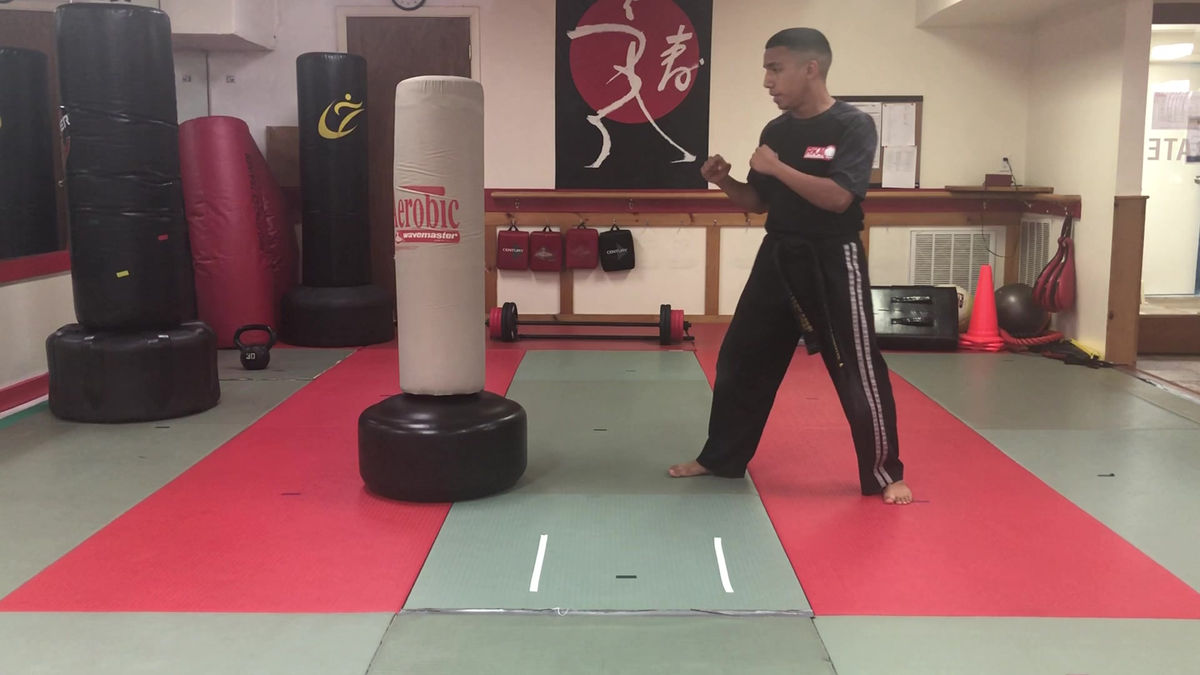Rare and Valuable Katanas
- Joseph Fanning
- Sep 15
- 4 min read
Ah, rare and valuable katanas—we're talking about some legendary pieces of craftsmanship and history here. The katana is much more than just a sword; it's a symbol of the samurai culture, craftsmanship, and centuries of tradition. Some katanas are not only valuable because of their materials but also because of their historical significance or the craftsmanship involved. Let’s dive into the world of rare and valuable katanas!
Factors That Make a Katana Rare and Valuable
Age and History: Katanas forged in specific historical periods, especially during the Kamakura period (1185-1333) and Muromachi period (1336-1573), are highly valued because of the techniques and materials used at the time. These swords often have fascinating stories and associations with important samurai figures or battles.
Craftsmanship and Forging Techniques: The skill of the swordsmith is perhaps the most critical factor. Katana smithing is an art passed down through generations. The best smiths, like Gorō Nyūdō Masamune, Muramasa, or Yoshimitsu, are highly revered for their exceptional craftsmanship. Their works are legendary, and their swords are considered national treasures.
Materials: The materials used, such as tamahagane (traditional steel) and the quality of the blade’s edge are important factors. A high-quality katana will feature a well-crafted steel core with layers folded many times over, creating a blade that’s both strong and flexible.
Signature and Authentication: Katanas that are signed by famous swordsmiths (often etched on the tang of the sword) are more valuable. Many of these swords are also certified by the Nihon Bijutsu Token Hozon Kyokai (NBTHK), which authenticates their value and authenticity. This certification can significantly increase a katana’s price.
Condition and Preservation: A katana’s condition is key—well-preserved swords in excellent condition are far more valuable than those that have rusted, cracked, or been improperly stored.
Some of the Most Famous and Valuable Katanas
1. Masamune
Maker: Gorō Nyūdō Masamune (1264–1343)
Value: Priceless
Why it's valuable: Masamune is one of Japan's most legendary swordsmiths. His katanas, especially from the Kamakura period, are regarded as some of the finest in history. Masamune’s swords are known for their exceptional craftsmanship, unique temper lines (the hamon), and balance.
Example: The Honjo Masamune, one of his most famous blades, is said to have been the personal sword of a Tokugawa shogun. It is believed to be lost today, but it was once worth millions of dollars before it disappeared in the post-World War II chaos.
2. Muramasa

Maker: Muramasa Sengo (circa 1500s)
Value: High, though often cursed
Why it's valuable: Muramasa was a master swordsmith whose katanas were known for their razor-sharp edges and aggressive cutting power. However, his swords earned a reputation for being "cursed," as they were associated with violence and bloodshed. Despite—or perhaps because of—their history, Muramasa swords remain highly sought after.
Example: Muramasa's swords were coveted by many samurai, and they’re highly valuable for their sharpness and craftsmanship.
3. The Honjo Masamune
Maker: Masamune
Value: Estimated over $10 million (if found)
Why it's valuable: This katana is one of Masamune’s most famous creations and was passed down through the Tokugawa shogunate. It is considered to be the epitome of Japanese swordmaking, and its loss is one of the great mysteries of sword history. When it was last seen after World War II, it was estimated to be worth millions.
4. The Fudo Masamune
Maker: Masamune
Value: Around $3–5 million
Why it's valuable: Another legendary creation of Masamune, the Fudo Masamune has historical significance as it was carried into battle by famous samurai. It's known for its perfect forging, elegance, and incredible sharpness. Its historical importance adds significantly to its value.
5. The Mikami Katana
Maker: Mikami Swordsmith
Value: Estimated over $500,000 to $1 million
Why it's valuable: This katana is revered for its artistry and was crafted by one of the finest swordsmiths of the Edo period. Known for the chūjō style, the Mikami Katana is a symbol of the elegance and beauty of samurai swordsmanship. Its sharpness and ability to hold an edge make it valuable to collectors.
6. The Yoshimitsu Katana

Yoshimitsu Katana
Maker: Yoshimitsu
Value: $1–5 million
Why it's valuable: This sword, like many other famous pieces, is celebrated for both its incredible craftsmanship and its historical significance. The Yoshimitsu katana is tied to the Muromachi period and is recognized for its beautifully intricate hamon (temper pattern) and graceful curves.
7. The Tachi Sword of Oda Nobunaga
Maker: Unknown, though possibly Bizen School
Value: Priceless
Why it's valuable: This sword is famous for its association with Oda Nobunaga, a key historical figure who helped unify Japan during the late 16th century. The blade is not only valuable because of its craftsmanship but also because of the powerful history it represents.
How Rare and Valuable Katanas Are Priced
Authentication: As with any rare item, authentication is key to determining the value of a katana. Swords that are signed by famous swordsmiths (like Masamune or Muramasa) and have the appropriate historical provenance can command prices in the millions of dollars.
Condition: A katana that has been well-preserved, with the blade free from rust or damage, and with an intact tsuba (hand guard) and kashira (pommel), will be worth more.
Provenance: A katana with a traceable and historical backstory, such as one owned by a famous samurai or warlord, is often far more valuable.
Preserving and Collecting Katanas
Because of their rarity and value, collectors often take extreme care in storing and preserving katanas. The process of caring for a katana includes:
Regular polishing to maintain its blade and temper line.
Proper storage in a wooden shirasaya or katana box to prevent rust.
Blade cleaning with specialized oils to prevent oxidation.
Katanas are an incredible combination of art, history, and functionality, and they remain some of the most coveted items in both martial arts and collector circles. The value of a katana goes far beyond its material worth—it represents the very essence of Japan’s samurai culture.
Joe is an orange belt in karate. He owns 2 wooden katanas.










Comments